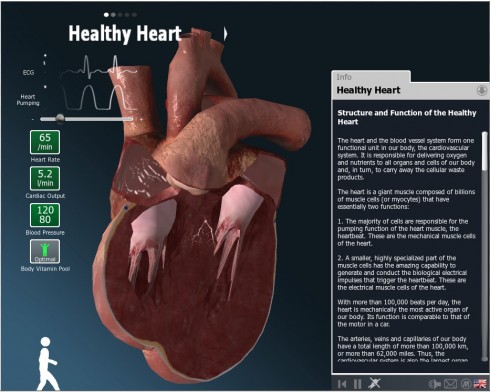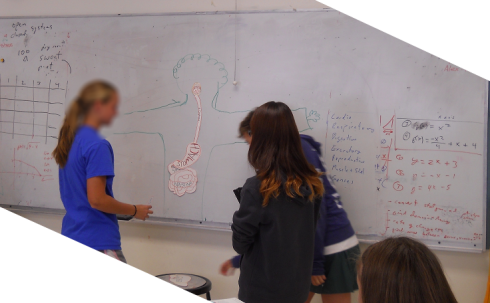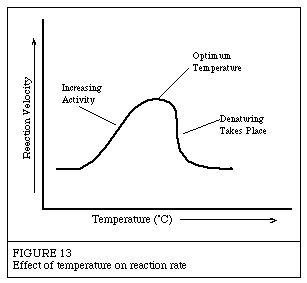One of my biology groups is doing a presentation on the immune system in the next few days. They decided that they needed to wander around the school asking any teacher they could find for interesting games they could use for a presentation. Mr. Schmitt, our new math teacher, recommended the neat video above of a white blood cell hunting down a bacterium. It’s pretty dramatic.
Category: Natural World
Community Supported Agriculture

This year we signed up for a CSA – Lee Farms in Truxton, Missouri – and we had the chance to visit this Sunday.
CSA stands for Community Supported Agriculture, and the way it works is that you sign up (and pay) ahead of time and the farmer gives you a box of produce from the farm every week for the growing season (May to October in Missouri). It helps the farmer by providing some more stable income, since the CSA members pay the same amount whether it’s a good season or not. The members get an interesting variety of fresh produce every week.
It was neat to see the farm, especially since they’re trying to minimize the amount of fertilizer and pesticides they’re using by working with etymologists and agriculturalists from the universities in the area. It would be a good place to visit with a class.
Investigating the Heart Online
BodyXQ has one of the most impressive interactive apps of the heart that I’ve yet seen.

You can explore the heart in 3D while it’s in motion. You can see the valves open and close, while hearing the beat. I’m going to have to show this to the class tomorrow.
Pin the Organ on the Human
(Disclaimer: No actual pins were used.)

One of my student groups came up with an excellent way of presenting the organs of the digestive system in Biology class. They drew an outline of a person on the board and then had students in the audience stick drawings of the different organs onto the outline.
What worked particularly well was that they’d have someone from the class pin on the organ, and then they’d talk about it. This gave the presentation a nice rhythm, with a little break between each item.

On Enzymes and Temperature
While discussing homeostasis in biological systems, one of my biology students asked why humans could only survive with only a very narrow range of body temperature. Part of the answer is that the human body is a complex system, and the chemical reactions rely on enzymes that only work effectively within a narrow range of temperatures.
Worthington Biochemical has detailed (probably too much so for our purposes) introduction to enzymes: how they work, how they’re named, etc.
In particular, they have this useful graphical diagrams showing how enzymes have an optimum temperature and pH.

Rabbit Dissection
Yesterday, Dr. Sansone was kind enough to lead my Biology class through a small mammal dissection (details here). He’d brought in five New Zealand White rabbits (2 male and 3 female) that had been raised for market by an Amish family in northern Missouri.
Over our two-hour class period, we had time to examine the organs in the abdominal and thoracic cavities in some detail. Students had been prepared with group reading assignments of the different organ systems based on the anatomy outline.

After the dissection we removed the pelts and froze them for later preservation. We also froze the carcases for later. I’ve convinced Mr. E. that cooking them would be a great interim activity. Mr. E. is a bit of an epicure, so it did not take much convincing.
Notes
Only one student declined to participate in the dissection for ethical reasons. About half of the class declined to observe the harvesting. Four students volunteered to assist in the harvesting, two of whom were not even in my biology class. They were seniors. One of them, P., had done it before and demonstrated the procedure for us.
The Green Flash at Sundown
Sixty Symbols photographs the green flash that sometimes occurs as the sun sets, and its light is refracted through the atmosphere.
An Outline for Anatomy

Because we have the opportunity to get a few rabbits, we’re starting Biology this year with anatomy. In the first week, our discussions will be based around the rabbit dissection so we’ll be focusing on the systems where the organs are easiest to find: the fluid regulation/excretory, respiratory, cardiovascular, reproductive, and digestive systems.